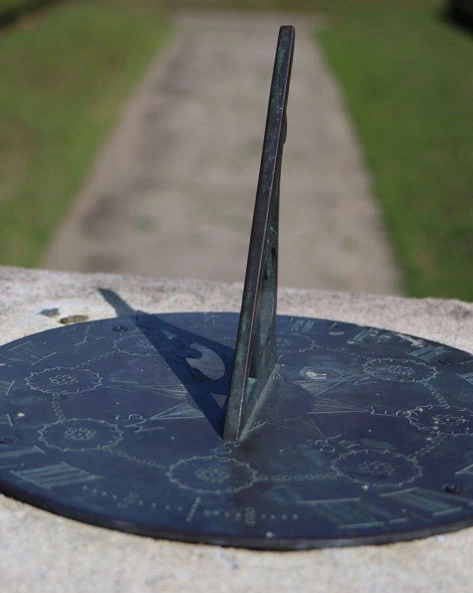For a very long time, wall clocks served as the principal timekeeper. People of all classes and ages have depended on them for thousands of years. Over the past millennia, realizing the usefulness of time, humans have given great importance to time. And with evolution, the importance of time has become more and more complex.
With the discovery of electricity, mechanical clocks were replaced by electric battery-operated clocks that were more accurate in keeping time. After that, the creation of digital wall clocks was made possible by the need to reduce mechanical clock maintenance. They wouldn't require daily winding, and we wouldn't need to clean the inner workings as frequently.
But do you know who created this revolutionary invention and what is the history of the wall clocks? Here, we'll take a quick look at the evolution of clocks from the mechanical model to those we use today.
So let’s get started.
Who Invented Clocks
Based on historical accounts and archaeological discoveries, the ancient Egyptians invented the first time-keeping devices that are known to exist. They were able to split the day into 12-hour parts and follow the sun's movement using their giant obelisks, which they called Shadow Clocks.

Additionally, they were able to create the first water clock, which is said to have been used in the Amun-Re Precinct. The Zhou Dynasty also created their own water clocks at the same time as the ancient Greeks adopted them.
From China to Mesopotamia and England, candle clocks were another common historical timekeeping instrument. The hourglass, which was commonly used throughout Europe at the time, emerged a bit after timesticks were created in regions like India and Tibet.
-
What is the History of Wall Clocks?
It was just a matter of time until the first mechanical wall clocks in India could be mass manufactured after their invention. Making a clock required precision, thus it was difficult to complete the task quickly. The smallest mistake might cause the wall clocks to stop working correctly or completely.
In the 1800s, the British were experts in the manufacture of clocks, but the United States was where the manufacture of wall clocks really began. To create precise devices on a larger scale that would perform well for many years to come, they used the same technology as the British clock producer. Since their inception in the 1600s, the fundamental idea has remained the same.
How Did People Tell Time Before Clocks?
The sundial, the earliest clock, used a method of telling time using sunlight that had been used by humans for centuries before its invention. It was possible to determine the time of day by looking at where the sun was in the sky above us, but even then, it was only a best estimate. People still learn how to estimate the time from the sun in case they ever find themselves in a position without access to a functional clock of some type.
The sun's location in relation to the dial would indicate the precise time that represented the Earth's rotation. It follows the sun's movement and projects a shadow onto a flat surface. The time of day or the hours are shown by the marks on the sundial.
The First Mechanical Wall Clocks
The early mechanical wall clocks functioned similarly to modern ones. To keep a steady beat and have the hands revolve at the same speed, they use a system of pendulums and springs. The pendulum's swing powers the gears, which work in tandem with the hands to display the time. Mechanical clocks often need to be wound once a day to maintain optimal operation and keep the mechanism moving.
When Was the First Digital Wall Clock Invented?
After the early 1800s advent of the electric wall clocks, the first digital clock appeared. Francis Ronalds created the first battery operated wall clocks in 1815, and since then, technology has advanced. In the year 1840, Alexander Bain of Scotland received a patent for the first electric clock. Either an electric motor or an electromagnet used electricity to wind the clock's mainspring. He also received a patent for the electromagnetic pendulum in 1841, which was a ground-breaking concept in the field of wall clocks.
The initial recognised digital clock was created in the United States in 1956. On October 23, D.E. Protzmann and his companions registered it. In 1970, they received a patent for a different model of digital wall clocks that had fewer moving components than the first one. The first digital wristwatch with an LED display was created in the same year and went into commercial production. The Pulsar was the name given to it by the Hamilton Watch Company.
These days, everyone is so engrossed in their careers that holding a course of time to complete their goals within the allotted period is inevitable. Giving clocks as gifts is an excellent idea since the recipient will think of you whenever they see that particular clock. In this blog we have shown all the details and history related to clocks. We hope all this information will be useful to you.
Ijaro Clock is a leading manufacturer and exporter of wall clocks India. We provide top notch wall clocks in different designs and styles. If you're not sure which wall clocks are perfect for you, look at the product page for more information.